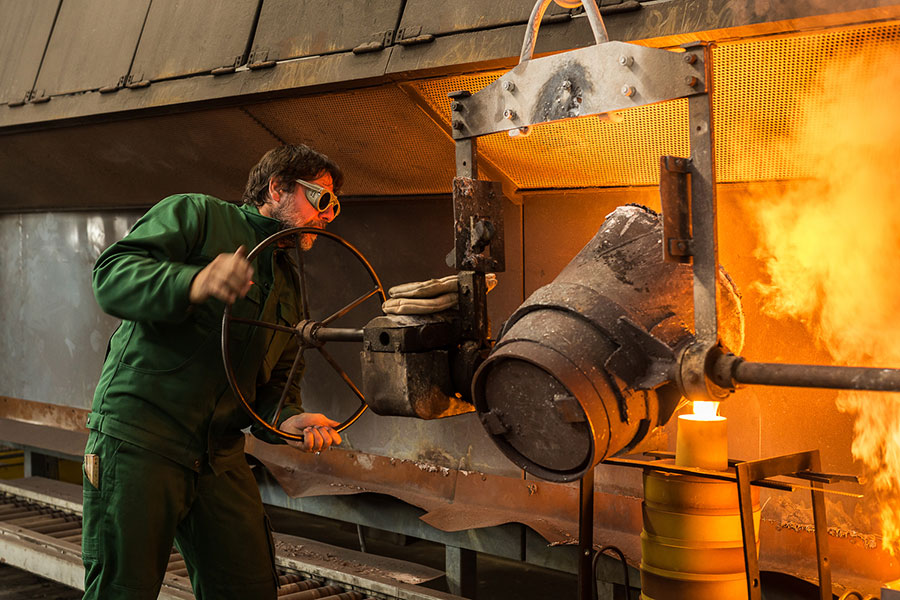magnetic materials materials according DIN 17410 respectively DIN IEC 60404 8 1


In this section you will find the most common magnetic materials with their properties and manufacturing processes. This summary of the magnetic materials should give you a first overview and you also like to use the links to the quality values, the different types of magnetization and the application examples . Do not hesitate to contact us , we will gladly
advise you to find the right magnetic material or the right magnet system for your application.
Aluminum-Nickel-cobalt (AlNiCo)
properties:
- High temperature resistance up to 500 °C
- low temperature coefficient
- Good corrosion resistance
- high remanence
- Low energy densities and low coercivities
- Highest mechanical stress
manufacturing process:
The Own AlNiCo-production in Bitterfeld-Wolfen is done by casting. (Technology of alnico cast magnet manufacture)
![]()
Made in Germany
sintering


Neodymium-Iron-Boron (NdFeB)
properties:
- Highest energy densities
- high coercivities
- Low to moderate temperature resistance
- high temperature coefficient
- low corrosions resistance , surface coating is required
Samarium-Cobalt
(SmCo5 /Sm2 Co17)
properties:
- High energy densities
- highest coercivities
- Good temperature resistance up to approximately 300 °C
- medium temperature coefficient
- medium corrosions resistance


Hard ferrite (Barium- and Strontiumferrite)
properties:
- High coercivities
- moderate temperature resistance
- Low energy densities
- high temperature coefficient
Plastic bonded magnets
properties:
- Manufacturing very flexible
- Considerable magnetic properties depending on the basic magnetic material
- To some extent flexible and easy to process
- Low temperature resistance
manufacturing process:
Feeder casting
extrusion
compression or calendering
The only cast magnet manufacturing in Germany
Delivery of all commercially available magnetic materials
Comparison of magnetic materials





